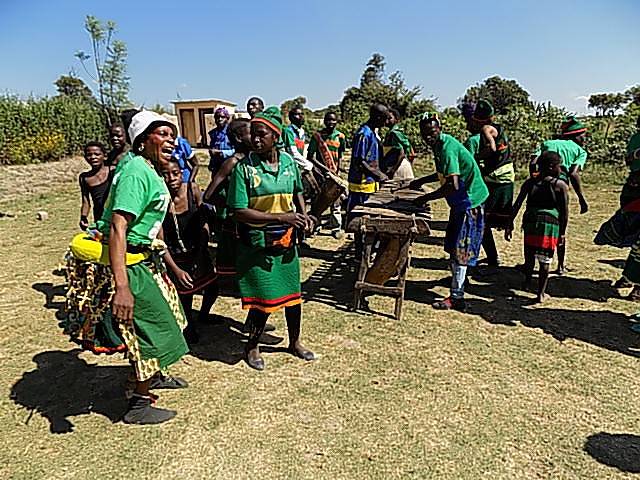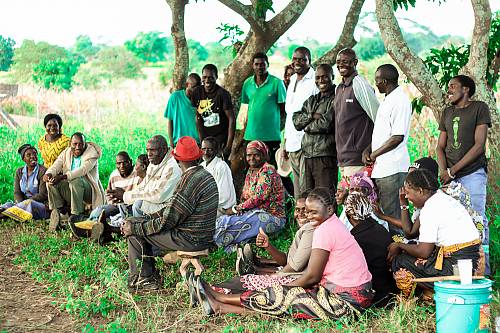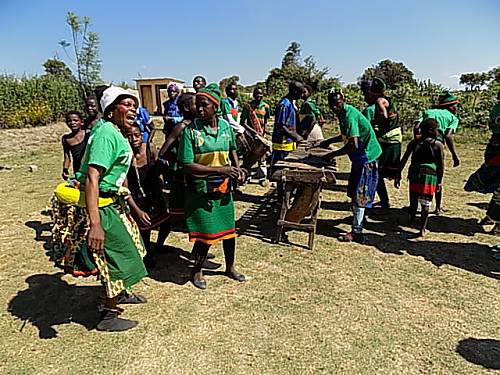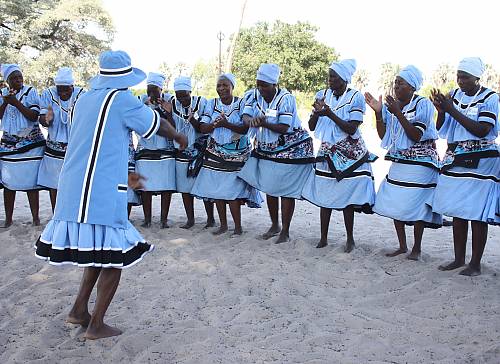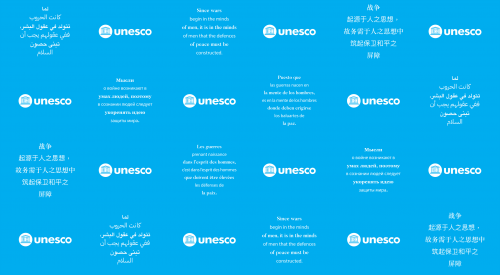Safeguarding intangible cultural heritage (ICH) is an important tool for social cohesion in situations where tensions exist between social groups that share common cultural heritage.
The recently concluded project ‘inventorying of the music and dance of the Lozi and Nkoya people of Kaoma District’ was an exemplary effort towards ensuring harmony between the two ethnic groups that have encountered rifts over land disputes in the Kaoma District, located in the Western Province of Zambia.
The project, funded by the UNESCO Intangible Cultural Heritage Fund, took place between August 2016 and June 2017. As it was important to build a solid basis for safeguarding the shared living heritage, the implementing agency – the Zambia National Commission for UNESCO – ensured that community members, comprising of six custodians and nine practitioners from both ethnic groups, were equally involved in the project.
In an effort to strengthen the capacities of the community in inventorying and to improve their knowledge of the 2003 Convention for the Safeguarding of the Intangible Cultural Heritage, fifteen community members and three District Cultural Officers were trained. Through an effective community-based inventorying exercise, the project saw the launch of the first inventory of Lozi and Nkoya music and dance practices, which consists of five dances and six songs of their common heritage. Due to the interest developed by the community, there is an on-going discussion among the Nkoyas about training young people to practise the Royal drums and the Lozis are interested in compiling a list of ICH elements under threat, to ensure their safeguarding.
Since the ratification of the 2003 Convention in May 2006, Zambia has benefitted from assistance from the Intangible Cultural Heritage Fund on two occasions.
